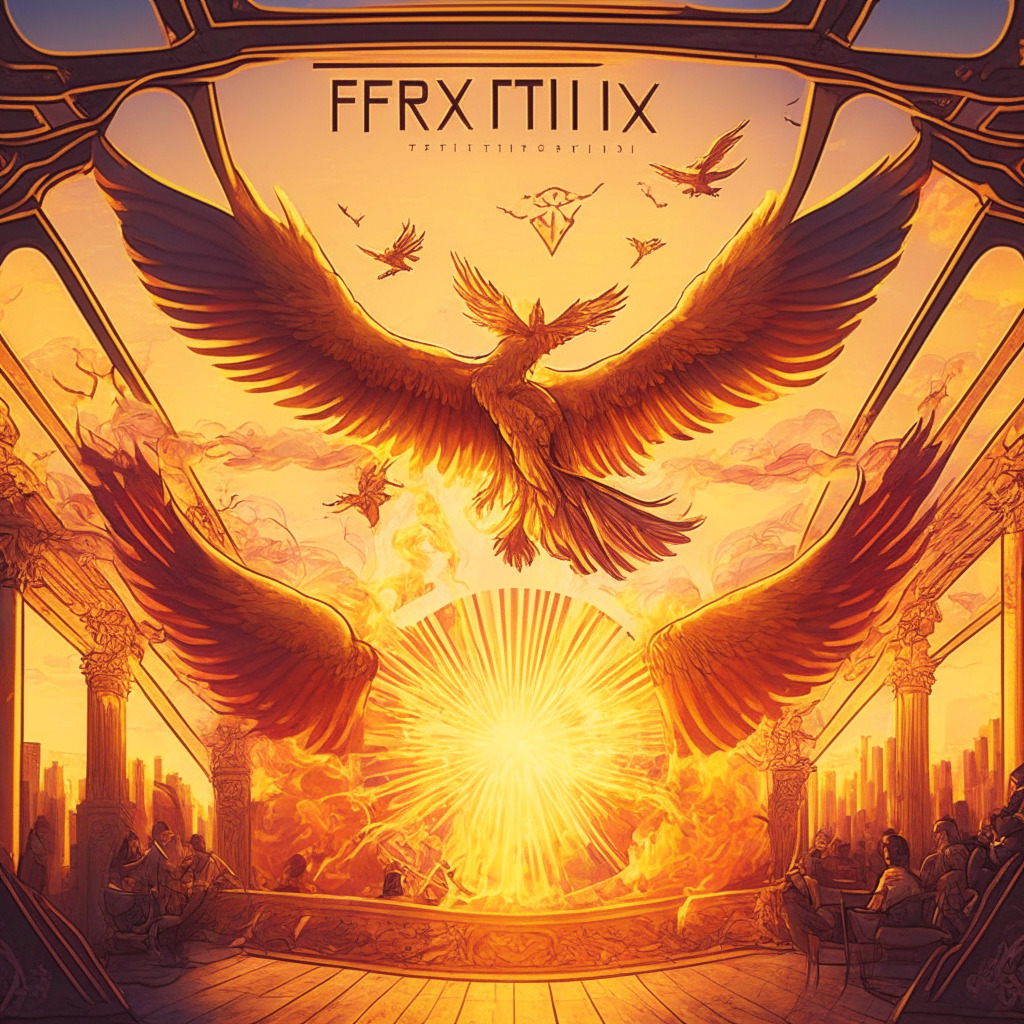In a groundbreaking turn of events within the cryptocurrency landscape, Coinbase is set to acquire a minority stake in Circle Internet Financial. This development coincides with the dissolution of their Centre Consortium partnership, notably responsible for issuing the world’s second-largest stablecoin, USD Coin (USDC), which Circle will now be bringing entirely in-house.
In addition to these changes, an extra six blockchains are to be integrated with USDC, effectively raising its total number of supported blockchains to 15. Specifics, such as the size of the stake Coinbase is purchasing in Circle or the names of the newly integrated chains, remain undisclosed. It’s notable though that Polkadot, Near, Optimism and Cosmos, all chains previously anticipated by Circle for addition in 2023, are strong candidates.
These changes resonate within an environment already witnessing seismic shifts in the sphere of dollar-pegged stablecoins. PayPal, in partnership with Paxos, has recently launched its PYUSD token, potentially challenging the supremacy of USDT and USDC. Benefitting from deep-rooted connections in payments and remittances, PayPal could potentially grow into a robust contender.
Nonetheless, from Coinbase’s viewpoint, the scope of USDC’s future extends well beyond crypto trading. As per insights from Phil McDonnell, senior director of product management at Coinbase, USDC is slated to make waves in territories like foreign exchange, cross-border transfers of funds and financial inclusion. Despite the burgeoning competition from PayPal, McDonnell perceives that PayPal’s entrance will further expand the crypto economy, which is still relatively nascent compared to the mammoth financial world.
Regulatory parameters around stablecoins are still in their infancy, but some level of transparency is now gradually surfacing, as observed by Circle Chief Strategy Officer and Head of Global Policy, Dante Disparte. Highlighting the recent passage of the Clarity for Payment Stablecoins Act of 2023 by the U.S. congress, Disparte also spotlighted how Circle has been awarded a Major Payment Institution License in Singapore.
Suffice to say, as new contenders like PayPal enter the arena, and regulatory clarity around stablecoins becomes more pronounced, it indeed made sense for Circle to dissolve the Centre Consortium and pursue a more agile and responsive strategy. As part of correcting its course, Circle also announced last month a reduction in its workforce to maintain a robust balance sheet and concentrate on core business activities.
It’s unequivocal that both Coinbase and Circle will persist in reaping revenue from interest income on USDC reserves. Under their new arrangement, the interest income generated from wider distribution and utilization of USDC will be shared equally, predicated on the volume of USDC held on each platform.
Source: Coindesk




